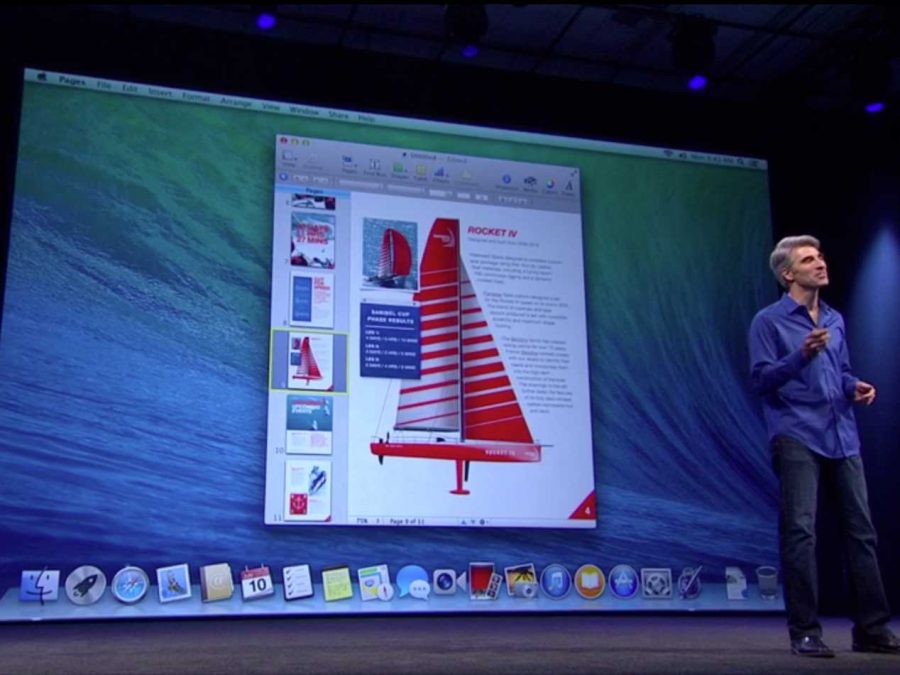At this year’s Worldwide Developer’s Conference, Craig Federighi, Apple’s Senior Vice President of Software took to the stage to present the keynote for the event—the introduction of iOS 7, the next generation operating system for the company’s iPhone, iPad and iPod touch devices. The iOS introduced a number of new functions, aesthetics, and even apps, but more than anything, the walk-through of the operation system gave real insight into the inner workings of Apple.
First and foremost, it’s important to note that the operating system is an entirely new built-from-scratch system. Apple did not simply polish up the old iOS and send it off. Critics of the move have argued both sides—some say it shows ingenuity and a fearlessness on the side of the company, while others argue that it is irresponsible to trash the last six years of development. Regardless, it seems that Apple is making a real departure from the decisions and preferences of its founder Steve Jobs, and that seems to be the message being sent.
Jobs’ death left the company in an uncertain state, with many wondering how the company would keep up its superstar levels of success. Since Jobs’ death, however, the company has managed to launch a number of new devices and updates, to much success. But the company has also suffered a number of missteps and stumbles, like last year’s decision to dump Google Maps’ services in favor of an in-house map application that after months of user backlash and complaints, CEO Tim Cook agreed was “not ready for primetime.” The move left Apple looking petty for bringing it’s war with Google onto the iPhone, and when Google released it’s own maps application into the App Store, it was favored by many who thought Apple Maps to be too unreliable and buggy. The stumbles led to the company’s stock prices falling significantly year-to-year, with many analysts suggesting that the company’s leadership was inept.
And for these critiques it is so important to look at the message Apple is sending to its consumer base, analysts, and investors. Another major departure is the new flat aesthetic of the system. In previous releases, Apple has often preferred a skeumorphic design—meaning that some design elements were made to appear as other things: the books app appeared to be made out of pinewood, the Game Center app appeared to be on top of green casino-like felt, and so on. All of these elements, which Steve Jobs personally was a fan of, have been ditched in favor of a more flat, futuristic design.
These changes upset some Apple users who see them as a dumping of everything that made the company’s devices to great to use in the first place—the award-winning design, and the tried-and-tested stability of the operating system. In Beta releases of the operating system, however, developers who support the changes have been quick to admit that the build is surprisingly stable for the stage that it’s in.
Whether or not that will lead to universal adoption of the new operating system remains to be seen—no doubt Apple’s marketing team is looking into how best to lure iOS 6 users to join the iOS 7 club. The company has previously had success in user adoption of new releases, smoking the upgrade statistics of Android devices, which remain severely fragmented, with some users running systems last updated in 2009. Again, though, it may all come down to how the everyday user feels about getting a whole new phone and user experience on their devices, especially when the current one seems to get the job done. One thing is certain, though, and that is that the success of this endeavor and the next year will prove to make or break Tim Cook’s legacy at Apple, as either a worthy successor to fan-favorite Steve Jobs, or an unworthy candidate who scrapped all of Jobs’ hard work.







